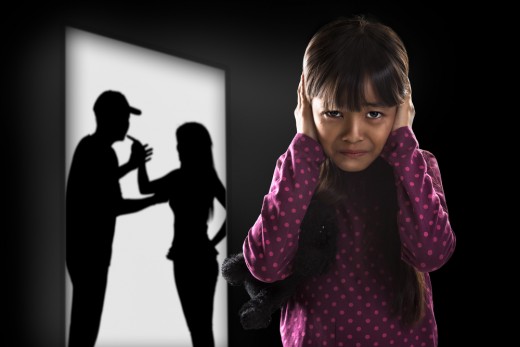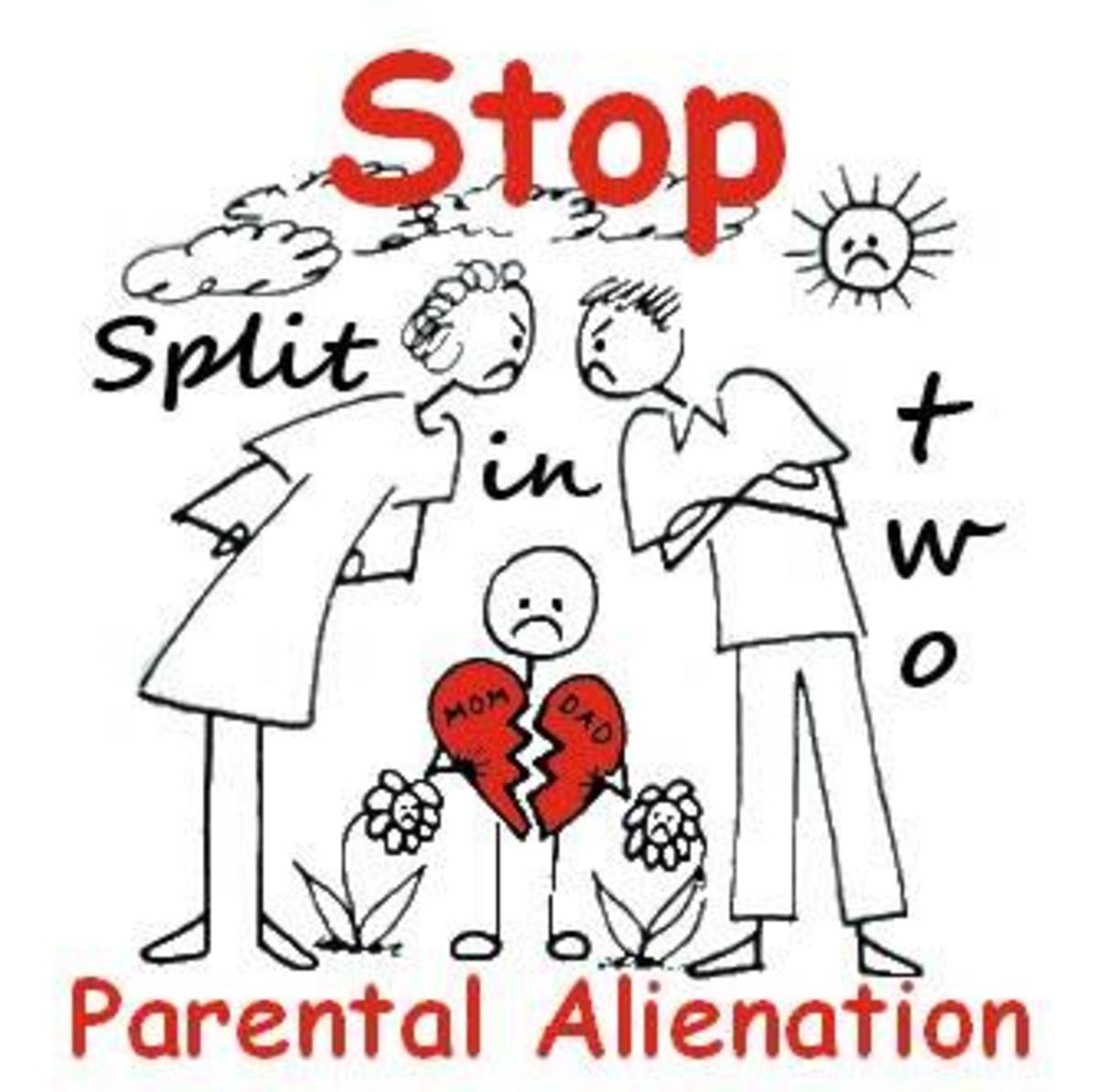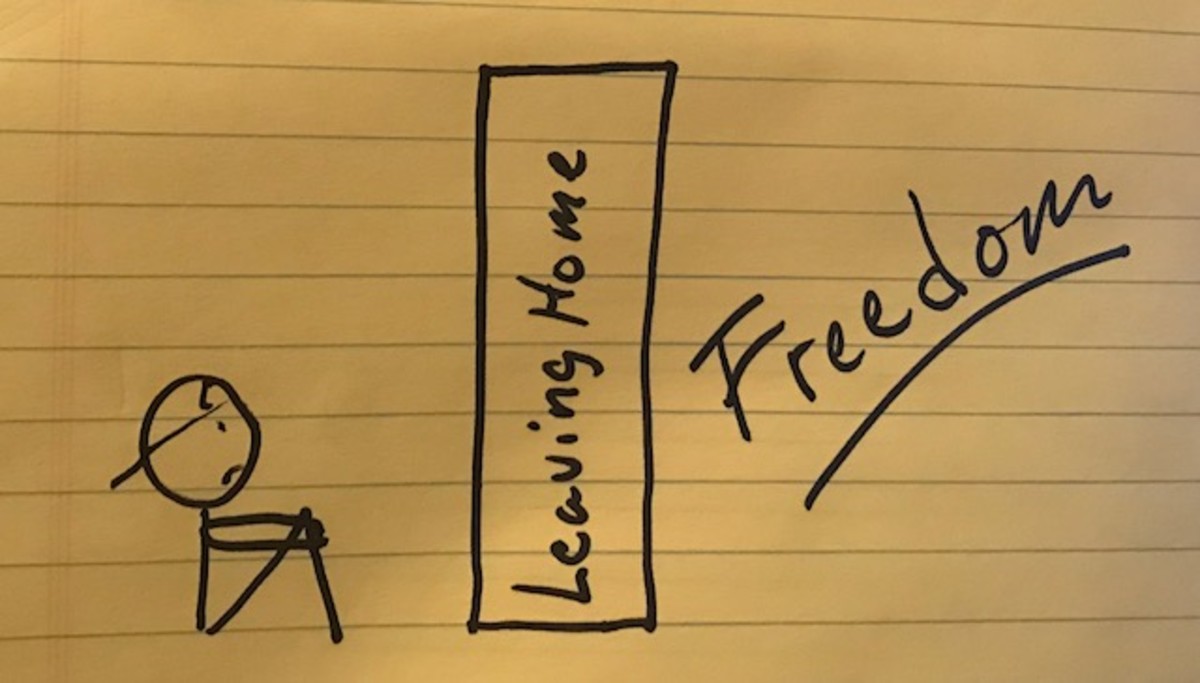The Dynamic of Reactive Process in Child Custody Issues

Toxic Emotional Reactivity
Let’s face it, people break up for reasons, and when they do, the quality of their relationship usually ranges from bleak to extremely hostile. The parents may struggle to remain civil and reasonable, but because they do not understand the previous and impending dynamics, fail to keep this ideal. One important reason they fail is because like most people who have kids, they believe the myth that they can keep from showing their hostile reactions to each other in front of the children. Here is the myth-buster: that is impossible.
Parents and children (just like couples) know each other so well that they cannot truly hide their emotional reactivity from each other. And that is because of the nature of close-contact, long-term, intimate relationship. Babies dance in utero when their mother is happy (or dancing). Partners in a positive space can feel each other’s sexual interest and finish each other’s sentences. Moms can predict when and why their baby will get fussy. And these are all positive things; when the thoughts and emotions turn negative, clear, accurate communication and interpretation goes right out the window.
It is more than probable that the issue of emotional reactivity is the primary source why the couple parted in the first place. That’s right, not the topical offense of the moment, not the bad habits, not even the affair. Those things came about because of the pattern of emotional reactivity in the couple. And while every couple struggles with some emotional reactivity, some get absolutely stuck in a never-ending cycle of escalating and damaging reactive process.
The process of the very toxic emotional reactivity begins with a negative thought that usually has the characteristic of a negative assumption or jump to conclusion about the meaning behind your partner’s words or actions. Negative thoughts produce negative emotions, and when these emotions get to a certain point of intensity, you will begin to engage in, guess what? Yup, negative behaviors. You will impulsively say or do something that makes the situation worse. Why does this occur? Because now both of you are interpreting that the other is attacking, and the reaction to attack is at least defense, and more often, counter-attack. Now you are off and running. Hard to stop that train, yes?
By the time one or the other (or both) people think about throwing in the towel on the relationship, the pattern is firmly and reliably entrenched. Almost like you can’t avoid arguing and reacting every single time you interact. It gets tiring, frustrating, and downright painful. And oh my, if you have been in multiple relationships that have been reactive to the point of breaking up (different details, same engine that runs the process), you are well versed in mixing it up with an ex. And guess who is watching and standing there day after day getting a dose of both of your toxic emotional reactivity?
Divorce and Custody
When separating or divorcing people who have children together go through the ending of their relationship, they have concerns about the children. Many will exchange thoughts about “being civil”, “always wanting the children to have you in their lives”, and “we can do this without going to court”. All nice thoughts and sentiments, but oh how rare that it ever occurs this way!
It may take years, but more often, only months before the cracks in the “civil” plan begin to make their appearance. Understanding the reason why the situation can degrade into a vicious, prolonged battle is key to being able to avoid the mess, not to mention the damage that it can do to kids. You cannot avoid or repair a dynamic that you cannot understand, or are not willing to learn about. So many say they do not want their children hurt by the break up, then proceed to hurt them; immeasurably.
Since more than half of all intended-to-be-long-term relationships now fail, that means that at least half or more of all children live in situations between parents who are not together. Though there may be a difference in degree of damage and symptom, virtually all children will suffer some level of what is called “adjustment disorder”. Adjustment disorder is a mental health diagnosis used to describe a set of behaviors that may develop when an individual is struggling to cope with (or adjust) to the situation that they find themselves in. In children whose parents are apart, symptoms include signs of depression, anxiety, increased misbehaviors, and possibly regressions of behavior more common to younger children (wetting the bed, for example).
We might expect that adjustment disorder would settle down once the initial shock of the parent’s separation is several weeks or months old, but this is often not the case. Behavioral signs of adjustment disorder can continue for many months, even years in children with parents who are not together. The source of the ongoing symptoms in such situations can clearly be traced to the quality of relationship between the parents.

The Separation-Divorce Illusion
Think breaking up will stop the emotional reactivity? Think again. Now there is property to divide, and other legal entanglements, not to mention debt to account for, who moves out, who started a new relationship and is exposing the children to that…on an on it goes, ever escalating. Many people get legal divorces or separations, but very, very few get emotional divorces. And so, the parents start new relationships with people who also have ex’s that they are feuding with concerning the same things. Now the child has four parents who are engaging in emotional reactivity and trying to hide it from the kids. And we wonder why the kids are having behavior problems?
Eventually, the kids inevitably become pawns in the reactive process. Parents will lie to their kids when feuding about them while engaging in court/custody actions: “This is between your dad/mom and I, it has nothing to do with you.” Pssst…your kid is smarter than that. They most certainly become aware of “custody” and “visitation”. And when Mom and Dad are in contact because of the transfer of the child, the child can feel all of the built-up hostility and rage between the parents. You tried to teach your kids to be kind to others, and here you are exchanging hostility between the two people the child most loves and values. The result is the child in between loyalties, and viola: adjustment disorder.
Now that the couple are apart and they both have new partners as well as a new custody order (which will inevitably be violated by one or the other), each parent is no longer privy to what the other is doing on a moment to moment basis. This leads to all kinds of imaginings (and not good ones, either). Old hurts are kept open when mutual friends are bumped into at the market, or make comments on social media about the ex, when you catch a glimpse of the ex’s new partner during the transfer of the child, and especially when the child reminds you of your ex.
Not able to resist contact due to the competition and continuation of emotional reactivity, unnecessary communication creeps in, in the form of social media trashing, gossip from mutual friends and family, and annoying text messaging. And texting is a horrible way to communicate, even when the relationship is healthy and blissful. Why is texting so bad? Because there is so much room in between the lines to make negative assumptions about tone, attitude, and hidden meaning. Texting is good for a few things though: “OMWH”, “Bring home a gallon of milk”, or maybe “Luv U!” , but not in co or parallel parenting.

Prevention and Recovery
It is very wise to seek counsel from a qualified, trained clinician with experience in couple issues. Marriage counseling is not just about keeping things together, it’s also about helping people to cope with their separation and to move on in the healthiest manner possible. This effort inevitably helps children to do the same.
Learning how to get an emotional divorce is key in successfully moving on after a break up; it also helps the kids work through their emotions and adjustment to the new situation of living between two or more homes. The path to emotional divorce is the ability to alter your own negative thinking and emotions so that you cease being reactive to your ex. An effective and major tool to accomplish this formidable task is learning Cognitive Behavior self-help skills, or the basics of Cognitive-Behavior Therapy. While the ideal is to engage a counselor, there are a number of good resources in the form of self help books available (Feeling Good, by David Burns, for example).
It is even more important to consider seeking therapeutic help if your ex is a consistently difficult or abusive personality, as learning to regulate your own negative thoughts, emotions, and subsequent behaviors can be even more challenging and in need of specialized intervention if you are recovering from a pathological relationship. Indeed, you may even qualify for a diagnosis of post traumatic stress disorder if you have been in an abusive pathological relationship.
All separation and divorces where children are involved should have a custody order in place. The mistake most people make is that they allow their own emotional reactivity about their ex to press them to try and manipulate or violate the custody order details in some way. For example, the custody order states an exchange of the child takes place on a particular day and time, and one party wants to alter that by a few hours, and the other part agrees. The next thing you know, an argument breaks out about “time owed”. Be sure the custody order is very clear and detailed, and then keep it, to the letter. Fudging or independently altering the arrangements gives way too much space for emotional reactivity to rear its ugly face.
Toxic emotional reactivity in break ups and child custody is avoidable, unnecessary and painful. Don’t let your own couple issues continue to poison and harm your child; get individual or couple focused divorce therapy!
This content is accurate and true to the best of the author’s knowledge and is not meant to substitute for formal and individualized advice from a qualified professional.








